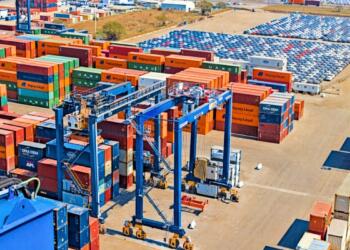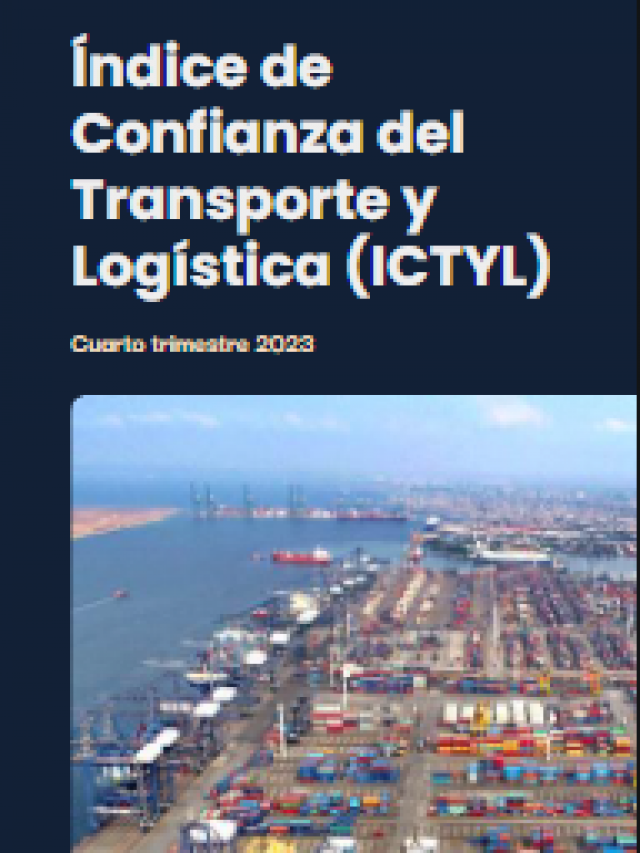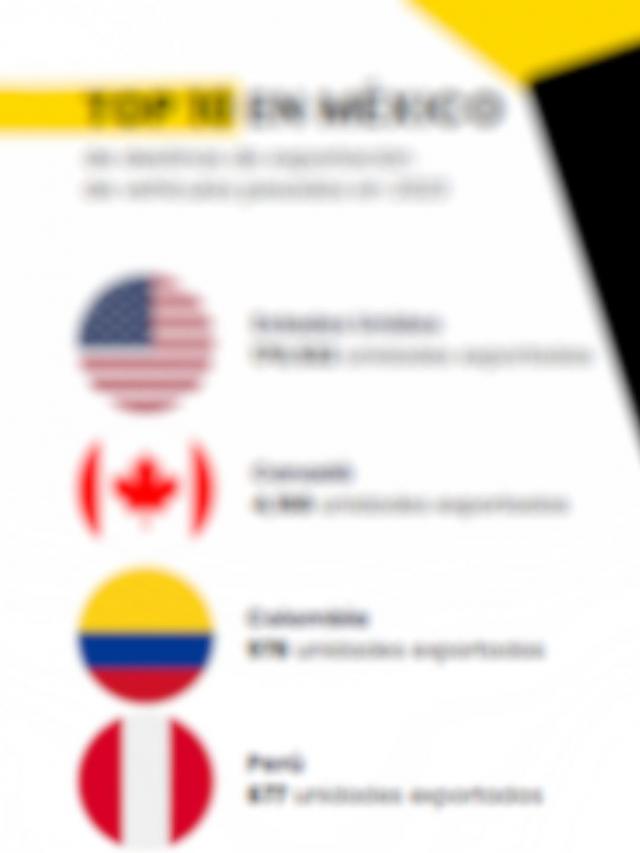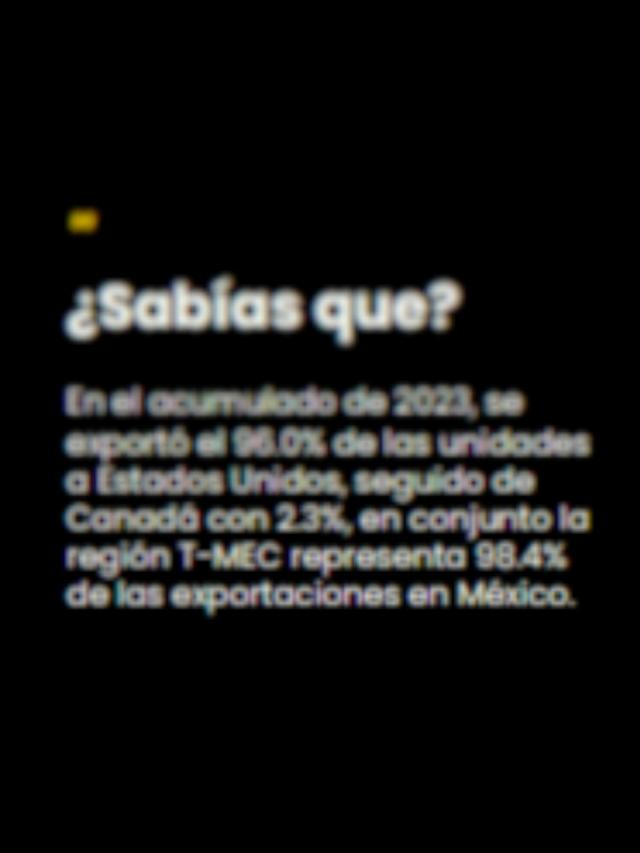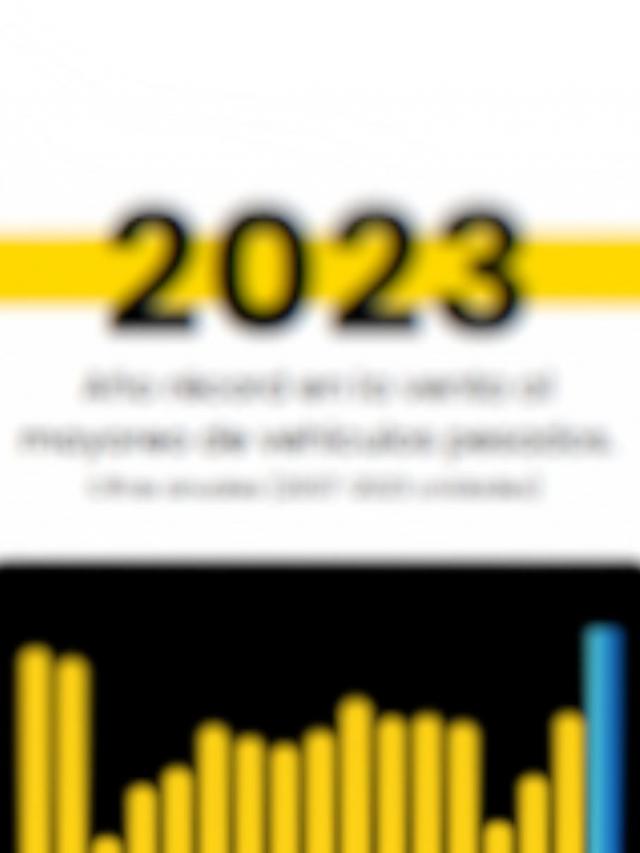
At the start of 2025, the Mexican economy technically avoided a recession thanks to a slight rebound in GDP (0.2%) , but it shows clear signs of a generalized slowdown, said Alejandro Saldaña, chief economist at Grupo Financiero Ve por Más (Bx+) , during the webinar Advantages for Mexico in a Changing Environment .
“The fact that we’re not in a recession doesn’t mean the economy is healthy. There’s weakness in virtually every sector, except for agriculture and some food-related manufacturing and exports,” he noted.
He explained that the rebound in Mexican exports in the first quarter was largely due to an advance in shipments to the United States following President Trump’s announcement of new tariffs, which generated a temporary positive effect on the industry.
From a spending perspective, the slowdown is more evident, as private consumption, especially of imported goods, has cooled after two years of strong growth.
“Consumers have become more cautious due to slower job creation, persistent inflation, and economic uncertainty,” Saldaña noted.
Gross fixed investment also weakened, especially in public construction, affected by the completion of flagship projects from the previous six-year term and a fiscal consolidation policy that cuts programmable spending.
On the other hand, the specialist indicated that private investment , although more stable, also shows signs of cooling.
In this sense, with a fiscal deficit that the Treasury is seeking to aggressively reduce this year, and without significant surpluses from the Bank of Mexico (Banxico) , the space for fiscal stimulus is narrow.
On the monetary side, although Banxico has begun to reduce rates, Saldaña warned that the scope for further cuts is limited.
“Inflation remains far from the 3% target, with upside risks from the exchange rate, higher labor costs, and low productivity. This forces the central bank to maintain a relatively restrictive stance for longer,” he said.
Despite the complex outlook, the Bx+ economist emphasized that Mexico maintains solid macroeconomic fundamentals : prudent fiscal policy, the autonomy of the Bank of Mexico, robust international reserves, and a relatively balanced current account.
Furthermore, on the trade front, Mexico benefits from greater relative competitiveness against China in the US market, due to lower effective tariffs and the depreciation of the peso, which has absorbed some of the external shocks.
“Although uncertainty persists, especially due to U.S. trade policy and possible internal institutional changes, Mexico retains anchors that help navigate the volatile environment,” he emphasized.
Likewise, despite the slowdown in activity, Saldaña said the labor market remains stable, with an unemployment rate of just 2.6% and real wages on the rise.
This could sustain basic consumption in the short term, although structural risks persist due to rising labor costs without equivalent improvements in productivity.
“The cost per worker has risen, while output per worker has fallen. This puts pressure on inflation and complicates monetary policy decisions going forward,” he explained.
Forecasts for 2025
Ve por Más estimates that GDP will grow just 0.5% in 2025. Inflation could stagnate around 3.8%, while the benchmark interest rate could close slightly below 8%; and the exchange rate, for its part, could consolidate above 20 pesos per dollar.
“An economic recovery will depend on greater clarity in the trade outlook and a sustained reduction in uncertainty, which could revive investment, employment, and consumption toward the end of the year,” Saldaña concluded.
In this context, Bx+ analysts reiterate their target price for the S&P/BMV IPC (Price and Quotation Index) at 61,969 points by the end of 2025, supported by expected earnings growth of 6.5% and a valuation that remains competitive compared to other global markets.
Comment and follow us on X: @jenna_GH_/ @GrupoT21









